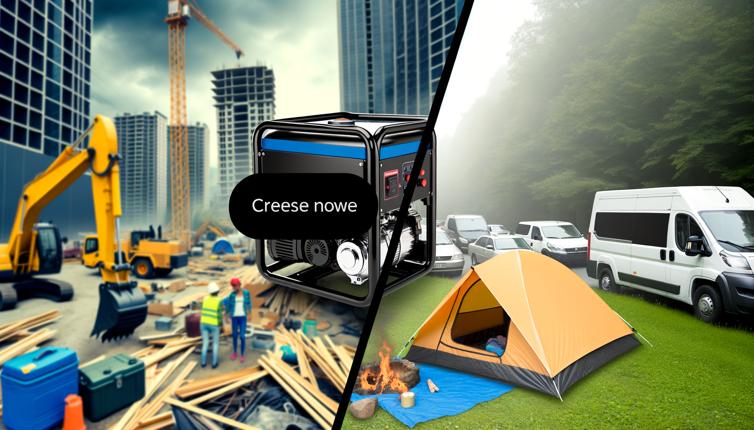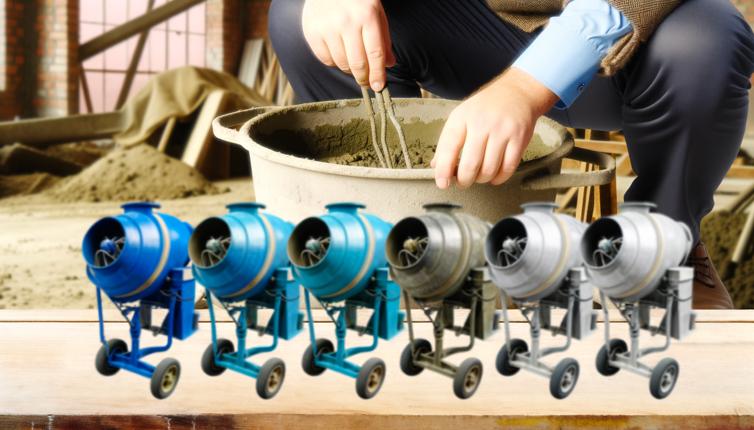Assessing Your Requirements
The first step in choosing the right skid steer loader is to assess your specific requirements. Consider the nature of the projects you will be undertaking and identify the primary tasks the loader needs to perform.,Some common tasks that skid steer loaders are used for include digging, lifting, hauling, grading, and pushing. Determine the required horsepower, lift capacity, and operating weight based on the tasks you need to accomplish.,Additionally, consider the terrain and working conditions of your project site. Will the loader be used on rough terrain, such as uneven or muddy surfaces? Will it need to navigate through narrow spaces or work in confined areas? These factors will help you determine the appropriate size and type of skid steer loader.,By thoroughly assessing your requirements, you can narrow down your options and focus on the features that are most important for your specific needs.
Researching Different Brands and Models
Once you have a clear understanding of your requirements, it's time to research different brands and models of skid steer loaders. Consider factors such as reliability, durability, performance, and ease of maintenance.,Read online reviews and customer testimonials to get an idea of other users' experiences with specific models. Pay attention to any common complaints or issues that may affect the overall usability and longevity of the loader.,It's also worth exploring the manufacturer's reputation and track record in the industry. Look for established brands that have a history of producing high-quality equipment and providing excellent customer support.,Make a list of the top brands and models that align with your requirements and conduct further research to gather as much information as possible.
Considering Attachments and Accessories
Skid steer loaders are incredibly versatile machines that can be equipped with various attachments and accessories to expand their capabilities.,Consider the specific attachments and accessories that you may need for your projects. Some common options include buckets, forks, grapples, augers, and backhoes. Ensure that the loader you choose is compatible with the attachments you require.,Take into account the ease of attaching and detaching accessories, as well as the availability and cost of additional attachments. Investing in a loader that offers a wide range of compatible attachments can significantly increase its versatility and efficiency.,Don't forget to consider any additional hydraulic requirements or modifications that may be necessary to accommodate specific attachments.
Testing and Demoing
Before making a final decision, it's essential to test and demo the skid steer loader you are considering. Arrange for a demo with a dealer or rental company to get a hands-on experience of the machine.,During the demo, pay attention to factors such as maneuverability, operator comfort, visibility, control responsiveness, and ease of operation. Test the loader in various conditions that simulate your project site to ensure it meets your requirements.,If possible, seek feedback from experienced operators or consult with industry experts to get their insights on the specific model you are considering. Their expertise can provide valuable information that may influence your decision.,By testing and demoing the loader, you can confidently assess its performance and determine whether it is the best fit for your needs.
Conclusion
Choosing the best skid steer loader for your needs requires careful consideration of your specific requirements, thorough research, and hands-on testing. By assessing your needs, researching different brands and models, considering attachments and accessories, and testing the loaders, you can make an informed decision and invest in a skid steer loader that will enhance your productivity and efficiency.









